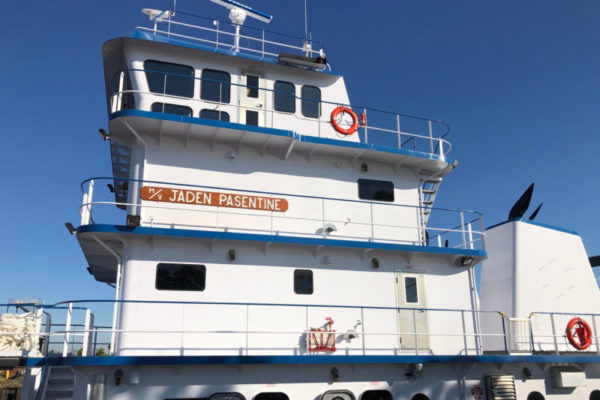As the marine industry continues its slow but steady rebound, there seems to be an increasing appetite among operators and lenders to begin reinvesting in marine vessels. While lenders are still cautious, financing competition is heating up, with more banks targeting the commercial marine market. This means more options – and also more fine print – for operators to consider.
For many operators, vessel chartering/leasing can be a viable alternative to loans or other types of financing. However, it’s helpful to have at least a basic understanding of what lenders are looking for from a credit perspective.
Specifically, leasing provides:
- Enhanced cash flow, allowing operators to avoid large upfront out-of-pocket costs and effectively manage cash from operations.
- Help managing tax liability, as the tax benefits are transferred to the lessor/owner in exchange for a reduced interest rate and payment. In some cases, the difference can be significant and can be part of a balanced tax plan to help manage overall tax liability and improve profits.
- Unparalleled flexibility and asset-management features, including options to keep equipment in place for the long haul (for example via term extensions), upgrade when the time is right or buy at fair market value or at a predetermined amount.
- Preservation of credit lines to support day-to-day business operations rather than long-term capital needs.
In addition to preserving cash, increasing flexibility and preserving credit, leasing is also an attractive option for many operators because leasing may be less likely to trigger the business’ covenants than a loan. In some cases, moving the expense of a new vessel off the balance sheet can enable an operator to invest in new equipment while remaining in compliance with existing financial covenants.
Vessel chartering/leasing can also offer substantial tax benefits in some situations, especially considering the recent tax changes. For example, for the better part of the last decade, bonus depreciation has offered an additional 30% to 50% cost recovery on a new vessel in the year it was placed in service. For vessels – or other equipment – placed in service after Sept. 27, 2017, and before Jan. 1, 2023, the Tax Cuts and Jobs Act (TCJA) of 2017 has eliminated the bonus depreciation feature. Instead, those who invest in qualified equipment during that time can simply expense 100% of the equipment cost in the first year of ownership.
It’s also important to note that the temporary increase in expensing allowance now also applies to pre-owned equipment purchases and has fueled the sale-lease back option for both lenders and clients.
Ronnie Evans is Director of Commercial Marine Finance at Key Equipment Finance. He has more than 25 years of experience in the finance industry. He can be reached at [email protected].




